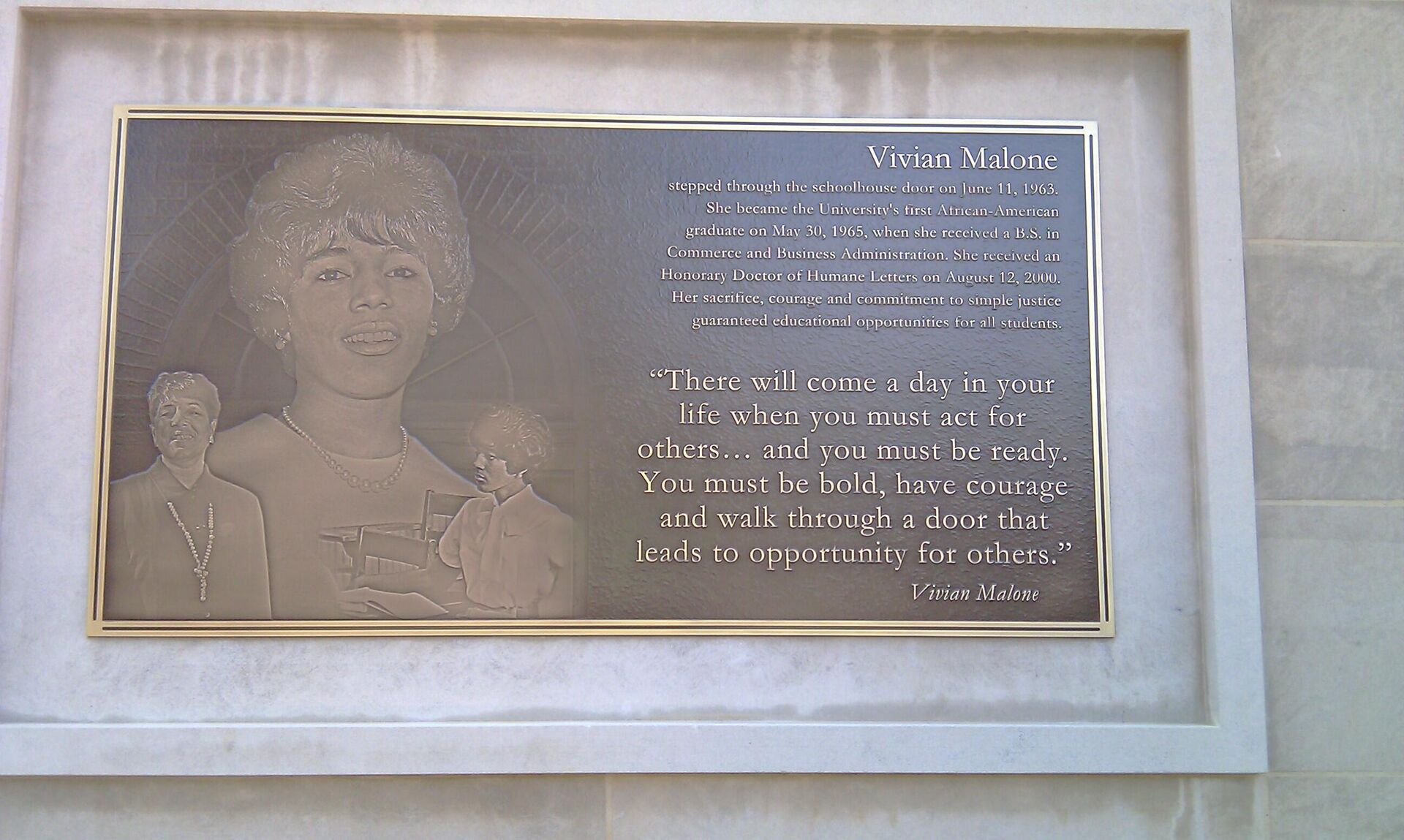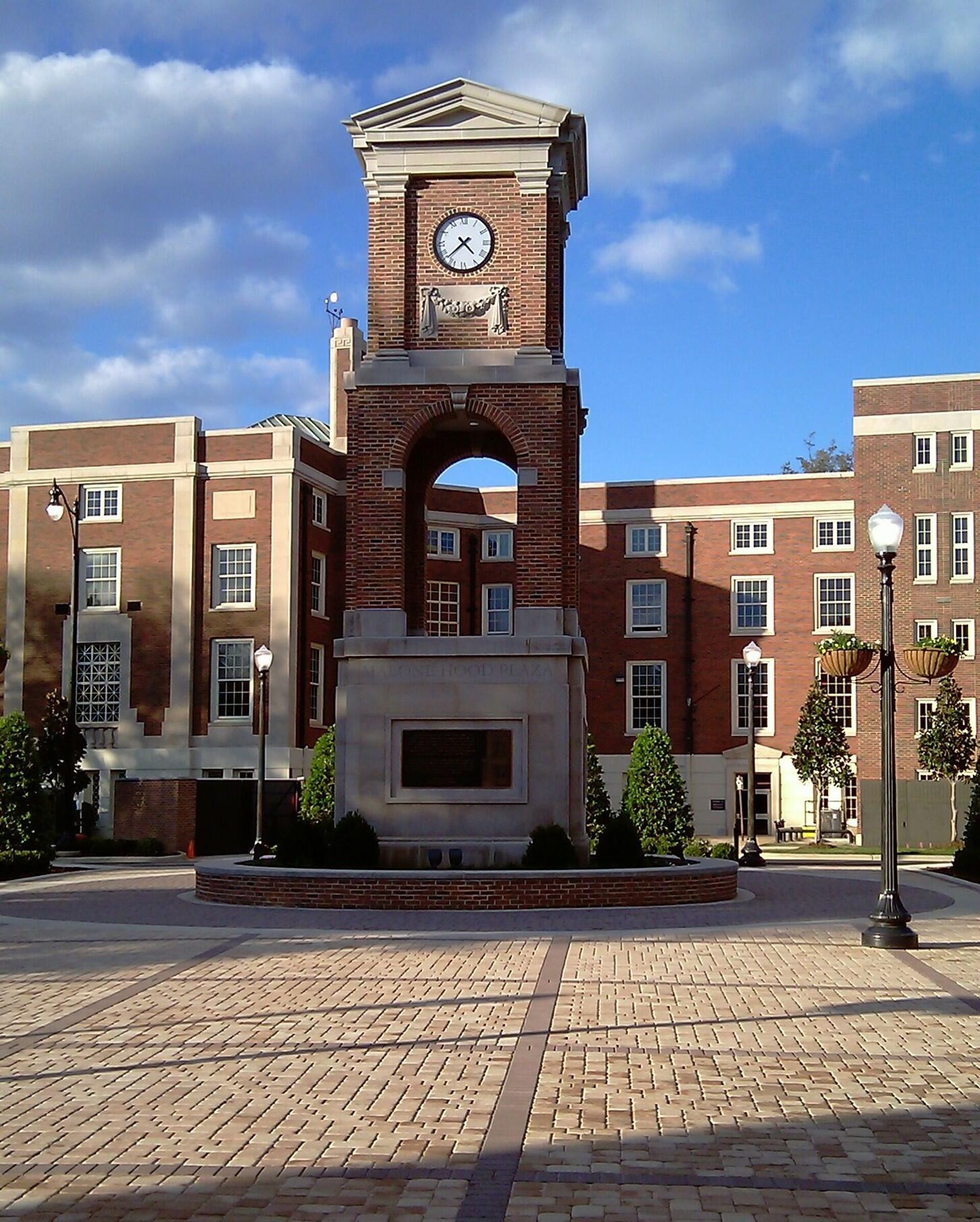University of Alabama to Cease Honoring KKK Leader, Rename Hall After School's First Black Student
22:55 GMT 13.02.2022 (Updated: 13:28 GMT 06.08.2022)
Subscribe
Autherine Lucy, born October 5, 1929, made history in 1956 as the first Black student enrolled at the University of Alabama. Lucy attended classes for three days before being suspended due to segregationist pressure—a move that led to the university president's resignation. She later returned to the school, completing a Master's degree in 1992.
The University of Alabama's College of Education building, which was previously named after a leader of the Ku Klux Klan, will be renamed after Autherine Lucy, 92, the first Black student to attend classes at the university, and a trailblazer for the 1963 enrollments of Vivian Malone and James Hood.
"I am so grateful to all who think that this naming opportunity has the potential to motivate and encourage others to embrace the importance of education, and to have the courage to commit to things that seek to make a difference in the lives of others," said Autherine Lucy Foster, now 92 years old.
After earning a bachelor's degree from Miles College in 1952, Lucy and Pollie Myers, an activist with the National Association for the Advancement of Colored People, applied to the University of Alabama to further their education.
Lucy and Myers' applications were submitted two years before the Brown v. Board of Education verdict declared school segregation unconstitutional.
Although admitted, the public university attempted to retroactively reject the women's applications because they were not white. The rejection was challenged by the NAACP and future Supreme Court Justice Thurgood Marshall, who secured a court order for Lucy to attend the school.
![[Civil Rights activist] Roy Wilkins in press conference with Autherine Lucy and Thurgood Marshall, director and special counsel for NAACP Legal Defense and Education Fund. [1956] [Civil Rights activist] Roy Wilkins in press conference with Autherine Lucy and Thurgood Marshall, director and special counsel for NAACP Legal Defense and Education Fund. [1956] - Sputnik International, 1920, 13.02.2022](https://cdn1.img.sputnikglobe.com/img/07e6/02/0d/1093002645_0:0:580:565_1920x0_80_0_0_38bdc4b2ab51f69a90f85d235ab81b0c.jpg)
[Civil Rights activist] Roy Wilkins in press conference with Autherine Lucy and Thurgood Marshall, director and special counsel for NAACP Legal Defense and Education Fund. [1956]
© US Library Of Congress
Myers was allegedly rejected from enrollment due to having a child out of wedlock.
Despite being allowed to attend classes in 1956, Lucy was subjected to hateful language, protests against her enrollment and violent acts, including classmates pelting her with rotten eggs. She was also barred from the school's dormitories and dining halls.
After three days of violent protests, the school moved to expel Lucy, arguing that her case against the university amounted to slander.
Although Lucy's enrollment lasted a mere three days, her tenacity throughout the years-long enrollment debacle paved the way for James Hood and Vivian Malone, who attended the university amid integration efforts in 1963. By 1965, Malone was the first Black student to graduate from the university.

Plaque commemorating Vivian Malone Wallace on the east face of the Autherine Lucy Clock Tower in Malone Hood Plaza on the campus of the University of Alabama in Tuscaloosa, Alabama.
© Public Domain
After years of struggling to find employment due to the notoriety of her case, Lucy was able to obtain a position in the Birmingham School system in the mid-1970s.
In 1988, the University of Alabama moved to annul Lucy's expulsion, allowing her to enroll and graduate with an M.A. in Education in 1992.
In its attempt to right a wrong, the school has taken a number of steps to honor Lucy, including the 2010 erection of a clock tower in her name.

Autherine Lucy Clock Tower in Malone Hood Plaza on the campus of the University of Alabama in Tuscaloosa, Alabama.
© Wikimedia Commons/Ttownfeen
The College of Education building, now Autherine Lucy Hall, was previously named Graves Hall, after two-term Alabama Governor Bibb Graves, a 'Grand Cyclops' of the KKK who received political backing and other support from the American white supremacist group.
Lucy's family requested her maiden name (rather than Foster) be used for the dedication, as it was her name at the time of enrollment.
Before reaching a final decision on Friday, the school considered renaming the building after both Graves and Lucy. The announcement to honor the conflicting figures did not go over well, as evidenced by an editorial in The Crimson White, the university's student newspaper.
"Graves' Klan membership was a convenient stepping stone in his political career. He shed his white robes once they no longer suited his political purpose. While he became known as one of the most progressive governors in the South, his ability to do so came with the endorsement of a white supremacist organization," wrote the paper's editorial board.
"Graves was a prominent figure in the Klan. He received a gold passport and carried the title of Grand Cyclops. White supremacy protected Graves and endangered Lucy. Commemorating their legacies together is disingenuous, but such false comparisons are par for the course in the state of Alabama."

